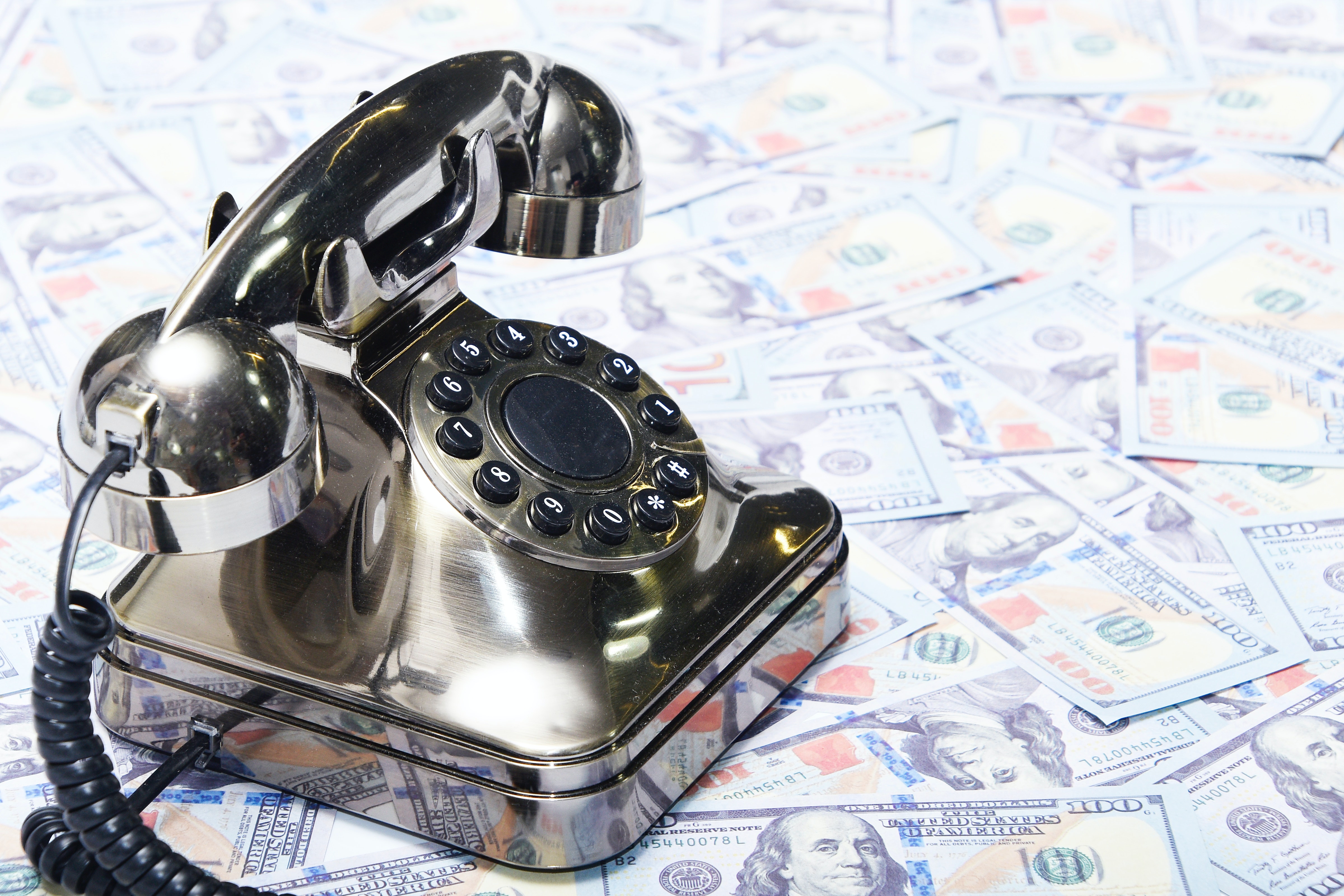Understanding the USD to AED Exchange Rate: Key Factors and Insights
GPT_Global - 2025-10-22 05:00:15.0 18
How does the central bank of the UAE maintain the dollar-to-dirham rate?
In the UAE, the dollar-to-dirham exchange rate is carefully managed by the Central Bank of the UAE through a peg system. The UAE dirham (AED) is pegged to the US dollar (USD) at a fixed rate of 3.6725 AED to 1 USD. This fixed exchange rate ensures stability and predictability in the country's financial system, which is crucial for international trade, investment, and remittances.
The Central Bank achieves this peg by maintaining a large reserve of US dollars. When there is an imbalance between supply and demand for the dollar, the Central Bank intervenes in the foreign exchange market, buying or selling dollars to stabilize the dirham's value. This intervention helps prevent fluctuations and provides confidence in the UAE's currency.
For remittance businesses, this stability is beneficial as it allows customers to send money abroad with confidence in the exchange rate. The predictable exchange rate minimizes risks for both senders and recipients, making the UAE an attractive market for remittances. As the peg is maintained, the dirham’s value against the dollar remains largely unaffected by global market fluctuations, fostering a favorable environment for businesses and consumers alike.

What is the difference between the buying and selling rate for 1 USD to AED?
```htmlUnderstanding the difference between buying and selling rates for currencies, specifically the US Dollar (USD) to the United Arab Emirates Dirham (AED), is essential in the remittance business. The buying rate refers to the price at which remittance service providers purchase USD from customers. On the other hand, the selling rate is the rate at which they sell USD to customers. This difference is often referred to as the "spread."
The buying rate is typically lower than the selling rate, allowing remittance businesses to profit from the exchange process. For example, if a customer sends money in USD to a recipient in AED, the remittance service buys the USD at a lower rate, but sells it to the recipient at a higher rate. This difference is crucial in determining the cost of sending money across borders.
For individuals sending money through remittance services, understanding these rates can help ensure they get the best deal possible. It’s always recommended to compare rates from different providers to avoid hidden costs. Remittance businesses often fluctuate their buying and selling rates depending on market conditions, making it important to stay informed.
```Is it better to exchange USD to AED in the UAE or in the USA?
When planning a trip or money transfer between the United States and the United Arab Emirates, one common question arises: is it better to exchange USD to AED in the UAE or in the USA? The answer often depends on your purpose—whether you’re traveling, investing, or sending remittances to family.
Generally, exchanging USD to AED in the UAE offers more favorable rates. Local UAE exchange houses and remittance centers are highly competitive and regulated by the Central Bank, ensuring transparency and better value. In contrast, U.S. banks and currency kiosks often include higher service fees or less favorable conversion rates.
For those sending money to the UAE, using a trusted remittance service can maximize your transfer value. Online money transfer platforms and UAE-based exchange companies provide quick processing, lower fees, and real-time rates. Always compare providers before converting large sums to secure the best deal and ensure your money reaches its destination safely.
In short, for better exchange rates and savings, it’s usually smarter to exchange USD to AED—or make your remittance—once you’re in the UAE or through a reliable UAE-based remittance partner.
How do exchange rates between USD and AED affect tourism in Dubai?
Exchange rates between the USD and AED play a significant role in shaping tourism trends in Dubai. When the USD strengthens against the AED, it makes Dubai a more affordable destination for American tourists, boosting tourism inflow. Tourists find that their dollars stretch further, increasing spending on accommodation, dining, and attractions.
On the other hand, if the USD weakens, the opposite effect occurs. American visitors may perceive Dubai as more expensive, potentially reducing the number of tourists from the U.S. to Dubai. This fluctuation can impact local businesses that depend heavily on foreign tourist spending, from hotels to tour operators.
For remittance businesses, exchange rate variations provide both challenges and opportunities. A favorable USD to AED rate can encourage American expatriates to send more money home, as the value of their remittances increases. On the flip side, unfavorable rates can result in lower remittance volumes. Monitoring these rates allows remittance services to optimize their offerings for customers sending money between the U.S. and Dubai.
How can I calculate AED from USD manually using the exchange rate?
When sending money internationally, understanding how to convert currencies manually is essential. For instance, if you need to calculate AED (United Arab Emirates Dirham) from USD (United States Dollar), the process is simple but important for accurate remittance transactions.
To calculate AED from USD, you need to know the current exchange rate. Suppose the exchange rate is 1 USD = 3.67 AED. You can multiply the amount in USD by the exchange rate to get the value in AED. For example, if you have $500, multiply 500 × 3.67 = 1,835 AED. This manual calculation helps you estimate how much your recipient will receive before any transfer fees.
It’s important to remember that remittance companies may offer slightly different exchange rates than the official market rate. Always check with your money transfer provider to ensure you get the best deal. Understanding manual currency conversion not only improves financial awareness but also helps you make informed decisions when sending money abroad.
Are there fees when converting 1 USD to AED at airports?
When traveling internationally, currency exchange at airports is a common need. However, one question that often arises is whether there are fees associated with converting 1 USD to AED at airport exchange counters. The answer is typically yes. Airports tend to charge higher fees for currency conversion compared to other locations like local banks or online services. These fees often come in the form of poor exchange rates, which means you receive less AED for your USD.
In addition to the unfavorable rates, airport currency exchange services may also include hidden fees or commissions, further increasing the cost of the transaction. For travelers looking to avoid these additional expenses, it’s advisable to plan ahead. Consider using remittance services or exchanging currency in advance at a local bank to get better rates and avoid excessive fees.
For businesses and individuals frequently sending money abroad, using a trusted remittance provider can be a smart alternative. Many remittance services offer competitive exchange rates and low fees, ensuring you get the most AED for your USD without the extra costs associated with airport exchanges.
What’s the exchange rate for 1 Canadian dollar compared to AED versus USD?
When sending money internationally, understanding exchange rates is crucial for both businesses and individuals. The Canadian dollar (CAD) is commonly exchanged against currencies like the AED (United Arab Emirates Dirham) and USD (United States Dollar), two important currencies in global remittance services. For businesses offering remittance services, staying updated on the CAD to AED and CAD to USD exchange rates can enhance customer satisfaction and ensure competitive pricing.
Currently, the exchange rate for 1 Canadian dollar (CAD) to AED is relatively stable, though fluctuations can occur based on global economic conditions. Remittance businesses need to monitor these changes to help customers send money efficiently, ensuring they get the best possible rate when sending funds from Canada to the UAE.
Similarly, the CAD to USD exchange rate plays a pivotal role in North American remittance. Many individuals use Canadian dollars to transfer money to the United States, and businesses in the remittance sector must offer attractive rates to encourage cross-border transactions. By understanding the relationship between CAD, AED, and USD, remittance services can boost their competitiveness in the market, providing cost-effective solutions to customers.
About Panda Remit
Panda Remit is committed to providing global users with more convenient, safe, reliable, and affordable online cross-border remittance services。
International remittance services from more than 30 countries/regions around the world are now available: including Japan, Hong Kong, Europe, the United States, Australia, and other markets, and are recognized and trusted by millions of users around the world.
Visit Panda Remit Official Website or Download PandaRemit App, to learn more about remittance info.



